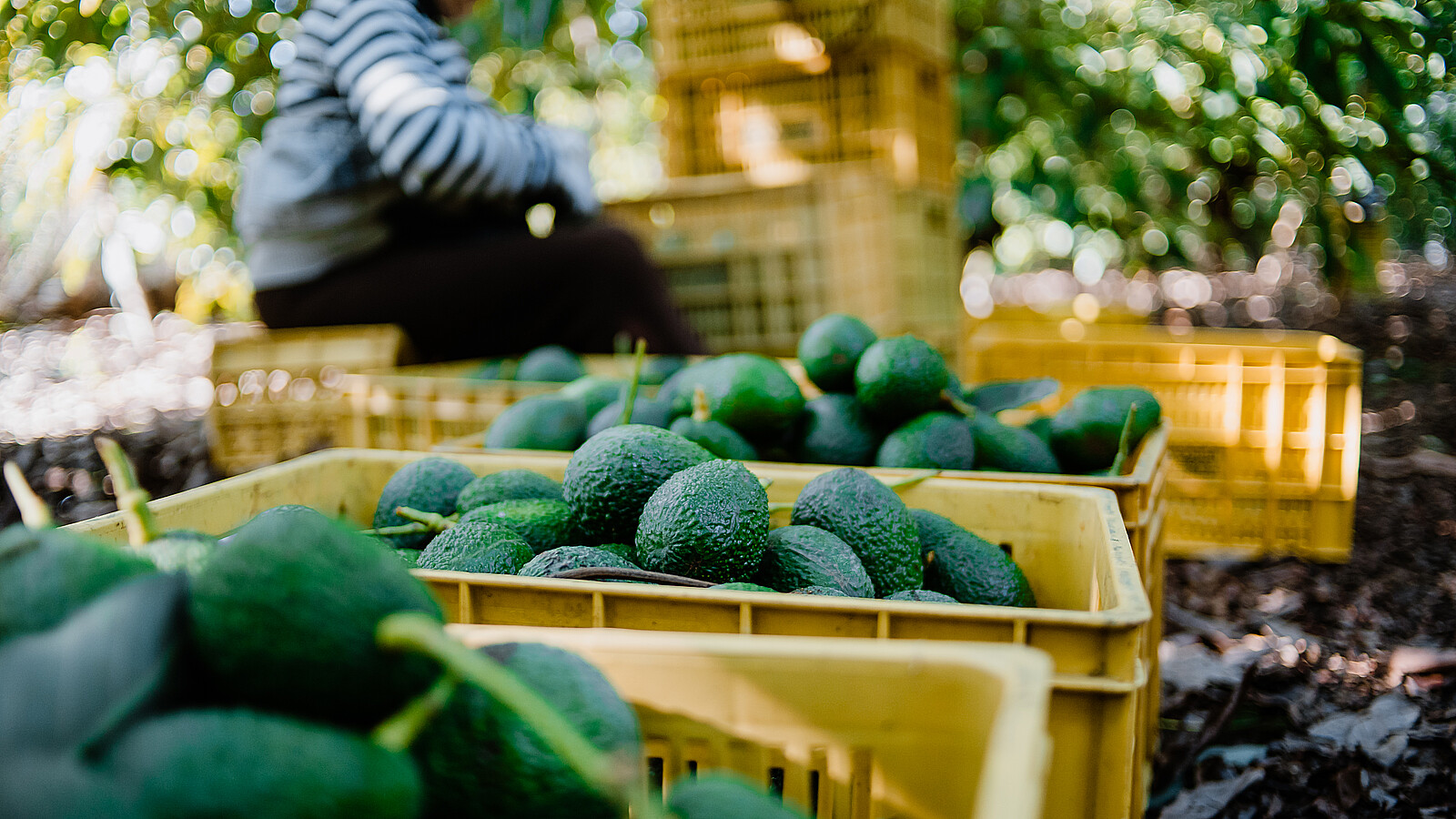Champions of organic farming have long portrayed it as friendlier to humans and the earth. But a new study in a California county found a surprising effect as their acreage grew: Nearby conventional farms applied more pesticides, likely to stay on top of an increased insect threat to their crops, the researchers said.
Ashley Larsen, lead author of the study in this week’s journal Science, said understanding what’s happening could be important to keeping organic and conventional farmers from hurting each other’s operations.
“We expect an increase in organic in the future. How do we make sure this is not causing unintended harm?” asked Larsen, an associate professor at the University of California, Santa Barbara.
By contrast, the researchers found that when organic farms were surrounded by other organic fields, their pesticide use dropped, which the team thinks may be due to their shared reliance on bugs that are natural enemies of agricultural pests. Organic farms are allowed to use certain approved pesticides, but often turn first to “good bugs” that prey on the pests. “It seems that spatially clustering or concentrating organic fields could provide that benefit or that solution,” Larsen said.
The researchers analyzed 14,000 fields over a seven-year period.
Organic farm acreage has been trending upward since 2000, though it still accounts for less than 1% of all farmland, according to the USDA. As that change occurs, Larsen and her team say keeping organic and conventional farms sufficiently separate could benefit both.
Read more here from The Associated Press.

















